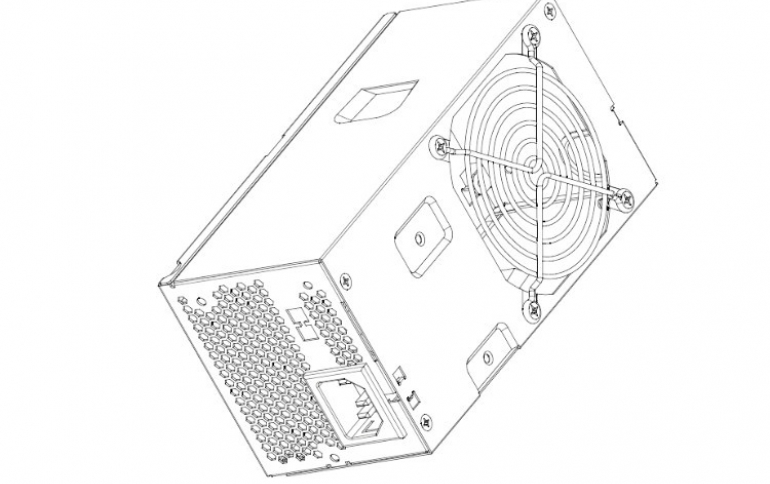
What Intel's ATX12VO Specs Brings to Future Desktop Power Supply Units
Intel has proposed an important change in the deign of the Power Supply Units (PSUs) for desktops computers, focusing on power efficiency.
The ATX12VO spec is expected to be implemented in pre-built PCs from OEMs and system integrators. The basic change it brings is the a PSU design featuring a single Main-rail input power. The spec essentially removes +3.3-volt, +5-volt and -12-volt and +5-volt standby power from the PSU, and instead these voltage rails are moved to the motherboard.
There are already a lot of custom single rail power supply designs in the industry, but no standard for these type of designs. Intel says that the ATX12VO PSUs will lower the power consumed by a computer at idle state. As desktop computers continue to become more energy efficient, the power supply AC-to-DC conversion loss can be the biggest consumer of power in a computer at idle. Existing ATX multi-rail power supplies (5V, 3.3V, 12V, -12V, 5VSB) are not very efficient at low loads of today’s desktop computers when at idle. Because a multi-rail power supply is sending very low current to all voltage rails, efficiency is just 50 percent to 60 percent. The new ATX12VO spec improves that efficiency. By converting to a single rail power supply, the conversion losses can be minimized, reaching up to 75 percent efficiency at the same DC Load levels.
In addition, PC vendors should comply with tighter government regulations on power consumption by personal computers. California Energy Commission’s Title 20, Tier 2 requirement, which goes into effect in July, 2021, requires OEMs to extreme low system idle power levels to reduce desktop idle power consumption.
Intel has released the "Single Rail Power Supply Desktop Platform Form Factors ATX12VO (12 V Only ) Design Guide" since last July.
The document includes the requirements a Single Rail power supply should meet in order to satisfy the needs of desktop computers, including high-end, overclockable setups armed with the latest CPUs and GPUs. So while the single PSU 12 V2 rail should typically cover a CPU with a TDP of up to 165 W, the same 10-pin connector, which is designed as the main board connector, would provide up to 216 to 288 watts of power, using the assumption that each pin can provide 6-8 Amps. Board designers need to figure out total board power and if this single connector provides enough power for each board.
If the board power requirements are higher than what can be provided by the 10 pin main board connector, an extra board power connector can be used. This connector can provide an additional 216-288 watts of power.
The specs also include optional PCI-Express (PCI-E) graphics card connectors to support additional power needed by a discrete graphics card over 75 watts. In addition, PSU designed for high end desktop and gaming systems might need 12 V power for Fans, LEDs, or Liquid Cooling pumps.
Other components that require both 12 V and 5V power such as SSD/ HDDs and optical drives will get their power from the motherboard. The will motherboard provide the voltage regulator that converts 12 V power into 5V. The motherboard is recommended to provide power to either 4 or 6 storage drives. Based on the market, board size, cost considerations, the amount of storage drives supported needs to be considered.
The move to ATX12VO could make PSUs cheaper to build, since manufacturing costs should go down while the efficiency will be increased.
On the downside, you’re adding features to the motherboard, which means most cost and more demand on the limited real estate of the board. And, of course, these circuits will need to be kept cool, making ventilation more of an issue. On the other hand, with the motherboard in control some rails, risks of abnormal PSU power spikes could be decreased.
Intel has not set a timeline for the release of the ATXV12VO PSUs.





















